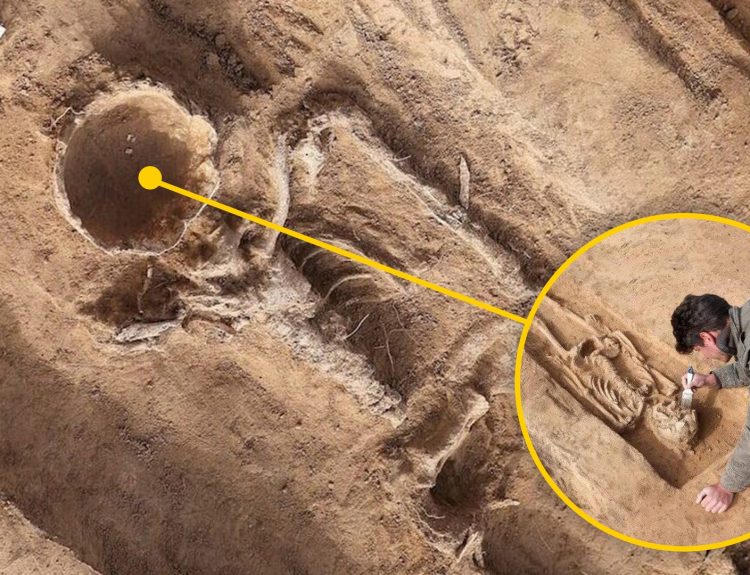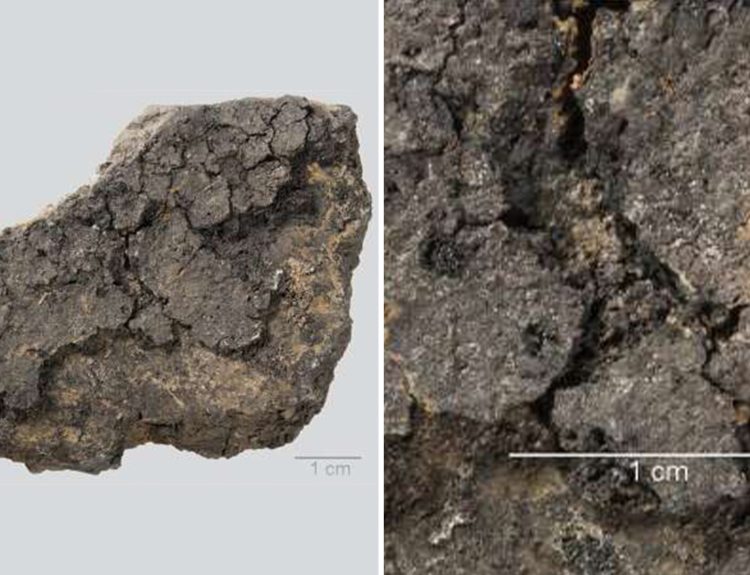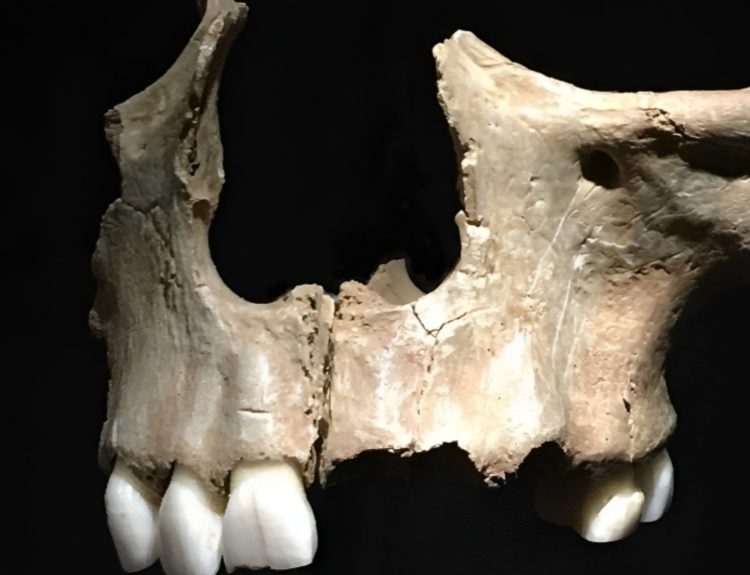It’s not every day you stumble onto an ancient city submerged at the bottom of a lake. Yet that’s exactly what would happen if you were to check out the bottom of the Qiandao Lake in China. How did this remarkable city manage to get buried under the water, and what does it tell us about the past?
Introducing Shi Cheng – The Lion City
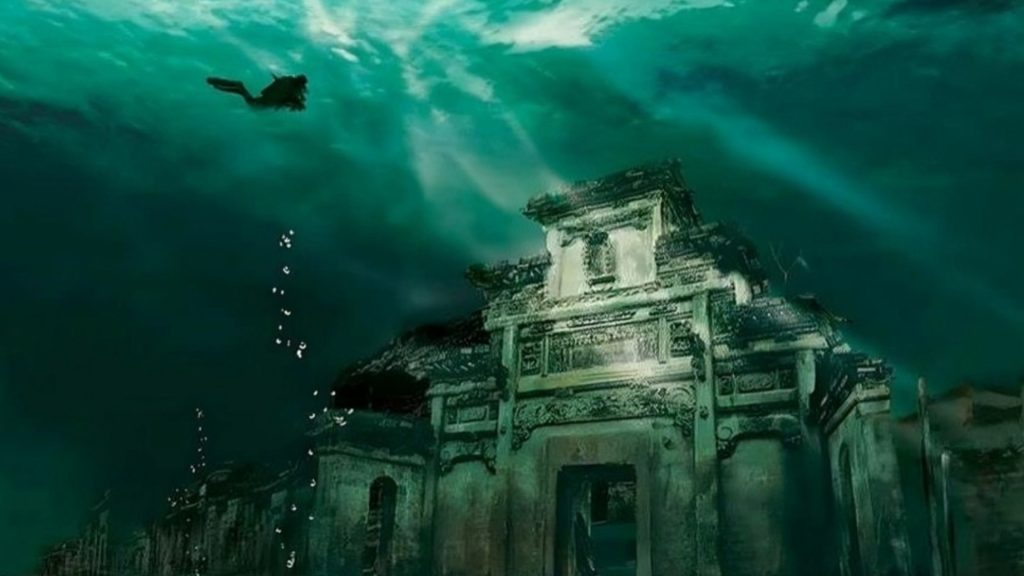
Sometime between 25AD and 200AD, during the Han Dynasty, a city known as Shi Cheng or The Lion City was built in this area. The city is impressive, with five entrance gates (unlike the typical four that Chinese walled cities usually had). It even had wide archways decorated with carvings.
In 2021, Chinese researchers rediscovered the city at the bottom of Qiandao Lake. The city is perfectly preserved, making it a good study of the architecture of the time. Once, the city was an economic and financial hub closely linked to the capital of the Eastern Province of Zhejiang.
A Victim of Engineering
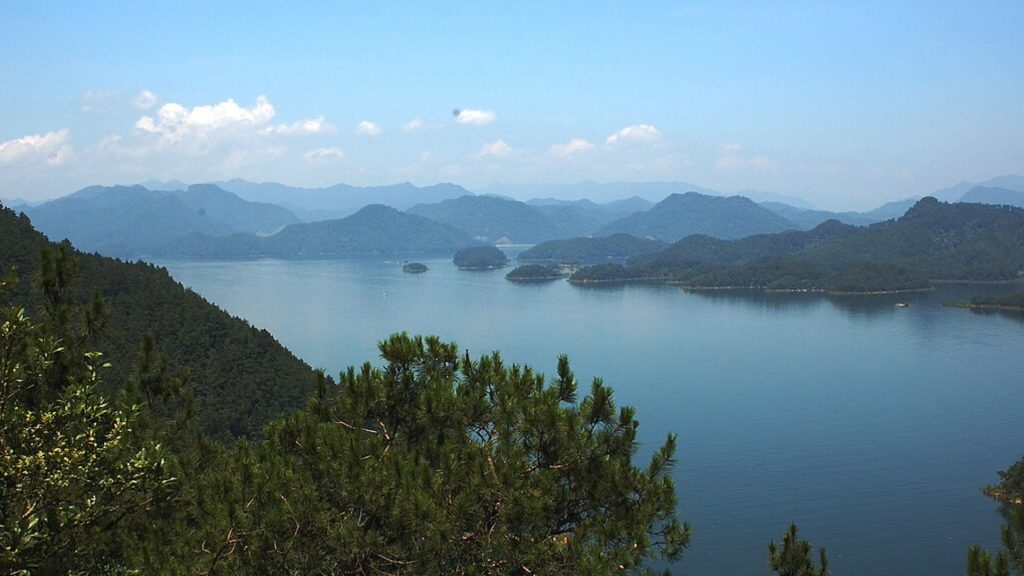
Alas, the city’s splendor and grandeur would not live to the modern age. In 1959, the Chinese government decided that flooding the city and using it as a dam was far more useful to the people than having an old city that reminded them of the time of emperors.
In 1959, China was ruled by the Chinese Communist Party under Mao Zedong. This dam was meant to provide water to people and agricultural districts living in the region. Mao aimed to ensure that people were fed, but the massive architectural and engineering feat would secure his presence in people’s minds.
Flooded For a Hydroelectric Dam
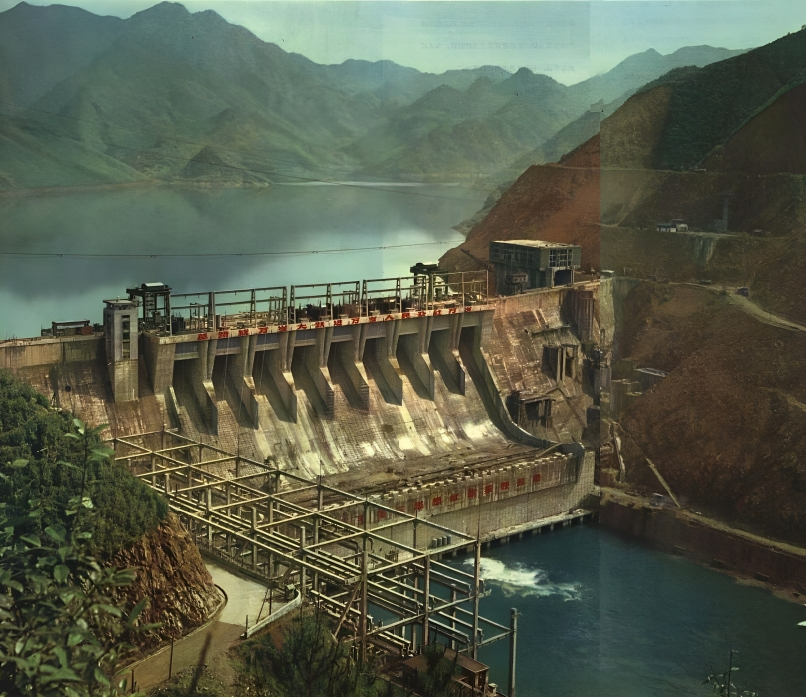
Aside from being a colossal engineering feat, flooding the city was for a practical reason. During this period, the Chinese Government embarked on an industrialization project that intended to close the technological gap between China and the rest of the world.
The project was a massive undertaking, requiring the government to relocate over 300,000 people and construct walls that would withstand the force of all that water. The dam itself remains active to this day, providing power to those who live near it in the region.
Creating a Lake Like No Other

Qiandao Lake is one of the largest artificial lakes in existence. It spans 221 square miles and holds over four cubic miles. When the area was flooded, it was done gradually to ensure the gush of water didn’t ruin the surrounding construction.
This was a blessing in disguise, as the slow flow of water filled up the basin and ensured that the stone structures in the city remained intact. As the water rose, the mountains around the city shrunk. Today, over a thousand islands – remnants of those mountains, peek above the waterline.
A Time Capsule For the Ages
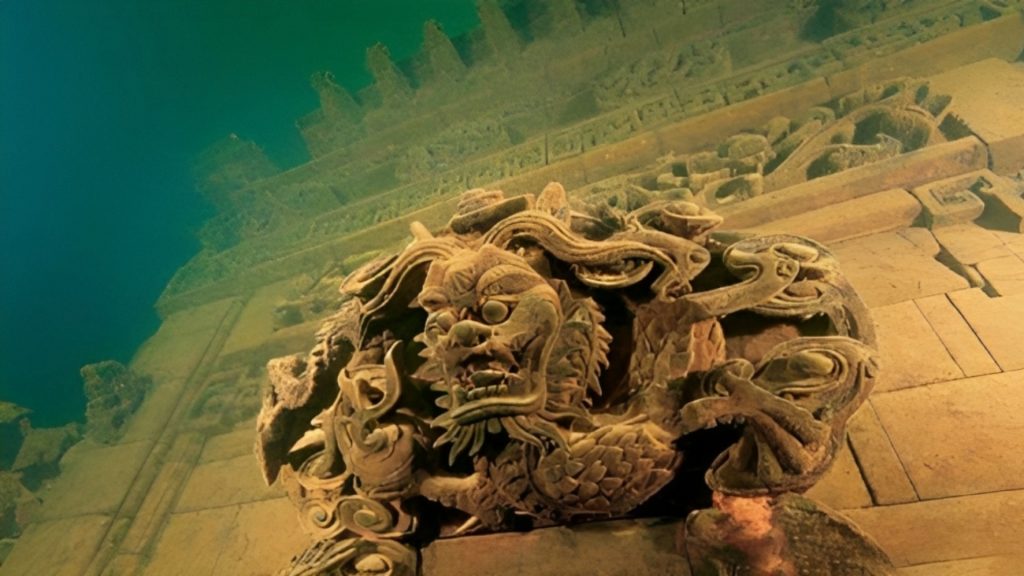
Shi Cheng has appeared in court records for centuries. Its name derives from the nearby Wu Shi Mountain – the Mountain of Five Lions. The city remains hidden underwater but remains in a remarkable state of preservation. This has led many researchers down to the depths to learn about the city.
Shi Cheng is well preserved partially because of its situation below the water of the lake. The water prevents sun and wind erosion and protects the city’s structural work from the elements. Scientists aren’t the only ones getting to see these delights, however. The city is open to travelers as well.
Well-Preserved Streets and Arches
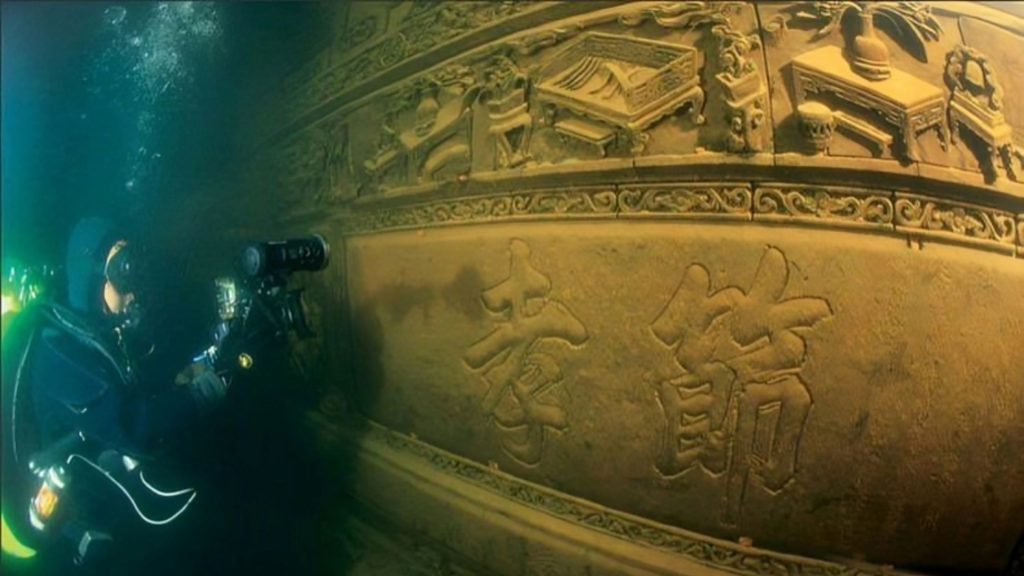
When it sunk decades ago, the city still had well-preserved streets that showed cobblestone paving. Despite being under more than 130 feet of water, these well-paved streets remain accessible to those who swim down to the depths. The streets aren’t the only thing that remains well-preserved, however.
The concrete walls also bear little signs of degradation. The most impressive part of the city remains its collection of well-crafted arches. These arches represent some of the most vibrant artistic portrayals of dragons, phoenixes, and lions. The city is covered with them, and researchers count 265 throughout the streets.
A Chinese Version of Atlantis
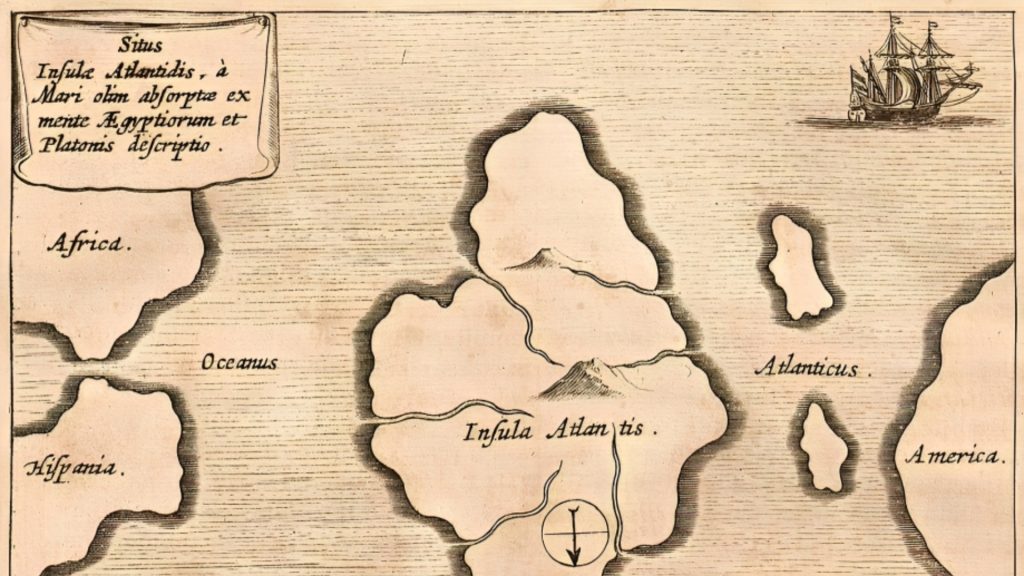
Many Western media outlets have called this sunken city “The Chinese Atlantis,” and the comparison is correct to some degree. Atlantis was a fabled city that never really existed, according to the archaeological record. Yet its myth persists to this day, and many people are convinced it once lived.
The mythological continent carried an advanced civilization that lasted for years. It was supposed to sit between Africa and America. The myth goes that the entire continent sank into the sea due to a massive earthquake, never to be seen again.
Less Myth, More Reality
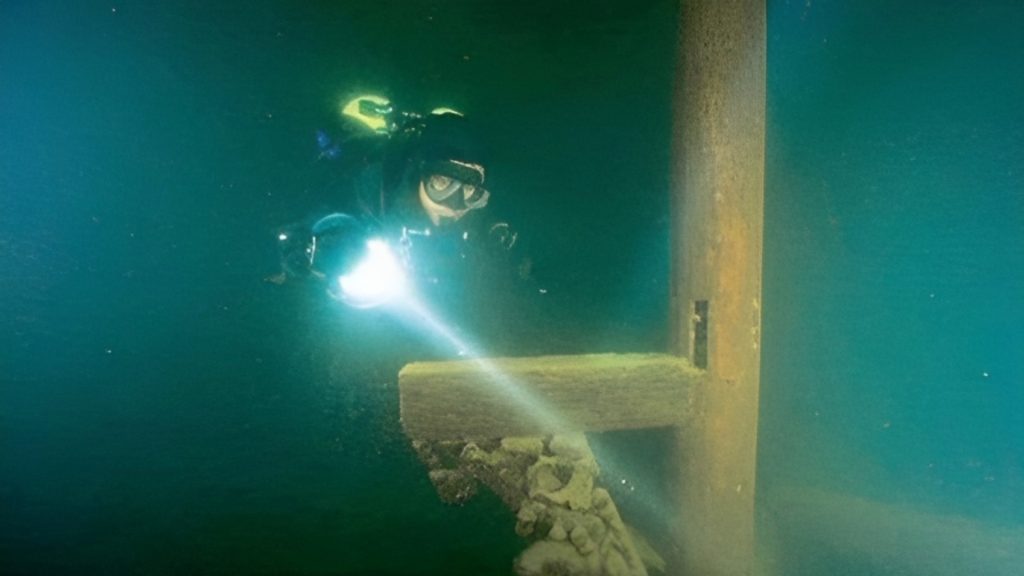
While there are parallels with the Atlantis story, Shi Cheng has a lot more going for it. For one thing, it exists, and we can swim down to see it if we want. However, the Chinese Government has established some rules for visitors who wish to check out the old city.
Because the water is dark, only companies who have trained divers for night diving are allowed to run tours to the city. The water at the bottom of the lake is dark, and it takes some level of skill to navigate. Trying to do it yourself isn’t recommended, even if you’re an experienced diver.
How To Get to Shi Cheng

Once you get into China, it’s not too tricky to get to Thousand Island Lake and Shi Cheng at the bottom of it. Many visitors to the region suggest that fall is the best season to check out the city. The temperatures are mild, and there is more predictable weather.
Regular buses from Anhui, Huangshan, and Hangzhou travel to the lake. Getting to any of these cities is accessible by either plane, train, or bus. You shouldn’t carry your own diving equipment either, since there are no tourist facilities at the site for divers. Tours must be taken with the specified companies.
Is It Worth Seeing Shi Cheng?

As a marvel of engineering, Thousand Island Lake is on an epic scale. However, traversing the lake and diving to see the underwater city at the bottom of it is a once-in-a-lifetime experience. It’s something that doesn’t exist anywhere in the world.
Even getting into China as a tourist is easier these days. It would be worth visiting the site if you’re really into old cities or if you want to see something truly unique. Regardless of your choice, the city will be around for a long time.




